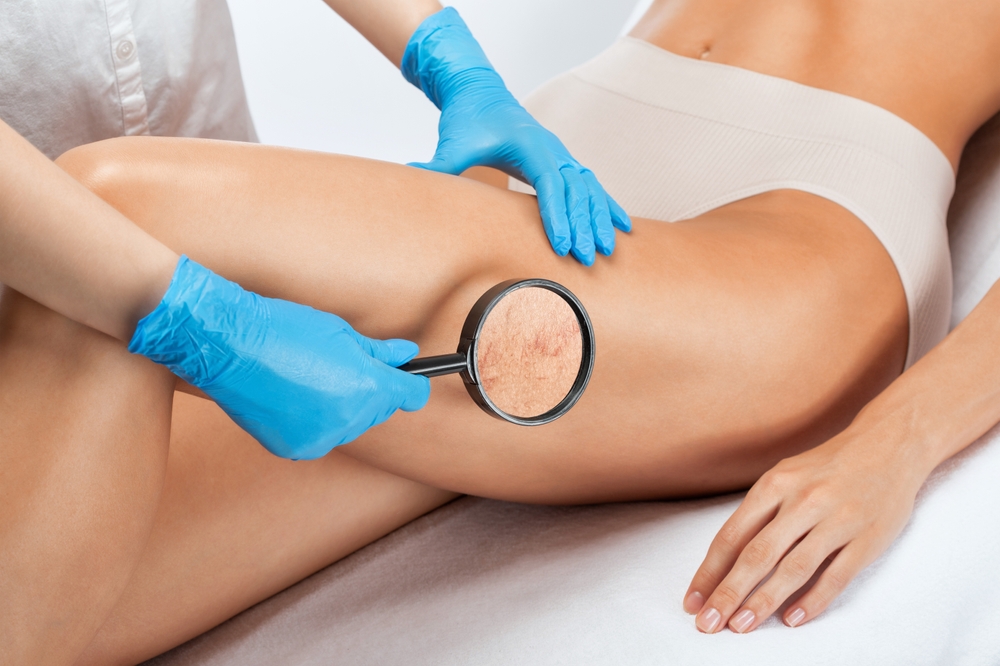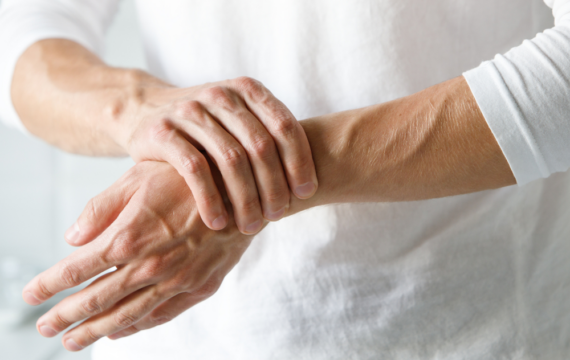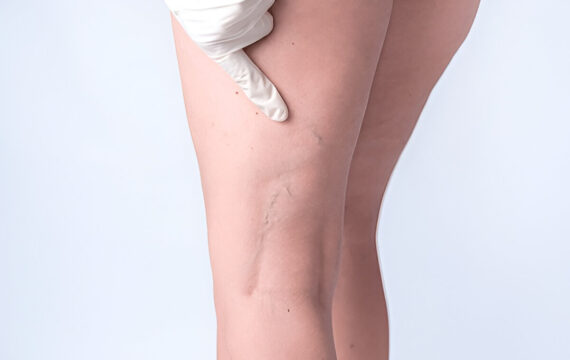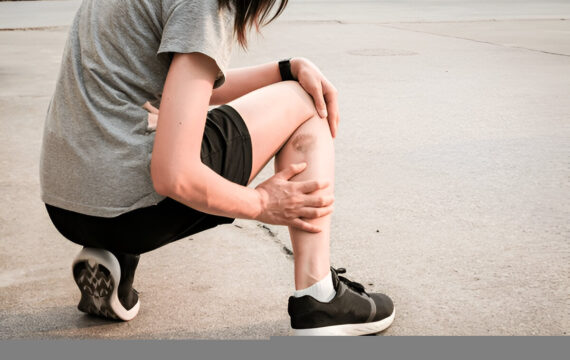Spider veins, those tiny red or blue lines visible on the surface of the skin, are a common cosmetic concern for many people. Though often harmless, they can be unsightly and affect your confidence. Spider veins typically appear on the legs and face and are caused by various factors such as genetics, hormonal changes, prolonged standing, or sitting. Fortunately, there are many ways to reduce their appearance or prevent them from worsening. Here’s a list of 10 effective tips to help you say goodbye to spider veins.
1. Stay Active and Exercise Regularly
Physical activity is crucial for promoting healthy circulation, which helps prevent spider veins. When you exercise, the blood flow in your legs increases, reducing the pressure on your veins. Low-impact exercises like walking, swimming, cycling, or yoga are especially beneficial. These activities tone the muscles in your legs and help push blood upward, preventing it from pooling in the veins.
2. Wear Compression Stockings
Compression stockings are a simple but effective tool for preventing spider veins. They apply gentle pressure to your legs, which helps improve blood flow and reduces swelling. This is especially useful if your job requires you to stand or sit for long periods. Look for medical-grade compression stockings, which are available in different pressure levels depending on your needs.
3. Maintain a Healthy Weight
Carrying excess weight can put additional pressure on your veins, especially in the legs, which can contribute to the development of spider veins. By maintaining a healthy weight through a balanced diet and regular exercise, you can reduce the strain on your veins and lower your risk of developing spider veins.
4. Elevate Your Legs
Whenever possible, take the opportunity to elevate your legs to improve circulation and reduce pressure on your veins. When you sit or lie down, prop your legs up on pillows to ensure they are elevated above the level of your heart. This simple practice can help blood flow more efficiently and reduce the risk of spider veins forming.
5. Avoid Sitting or Standing for Long Periods
Prolonged sitting or standing can weaken the valves in your veins, leading to poor circulation and the formation of spider veins. If your job requires you to stay in one position for extended periods, make an effort to take breaks. Move around, stretch, or change your position frequently to keep your blood flowing smoothly.
6. Wear Sunscreen
Sun exposure can cause spider veins to form on your face, particularly around the nose and cheeks. Protect your skin by wearing sunscreen with an SPF of at least 30 whenever you’re outside. In addition to preventing sun damage, wearing sunscreen helps reduce the appearance of existing spider veins on the face.
7. Avoid Hot Baths and Saunas
Excessive heat can cause veins to dilate, leading to increased blood flow and pressure in the veins, which may worsen spider veins. While hot baths and saunas can be relaxing, it’s best to avoid them if you’re prone to spider veins. Instead, opt for cooler water when bathing to prevent vein dilation.
8. Stay Hydrated
Proper hydration is essential for healthy blood flow. Drinking enough water throughout the day ensures that your blood circulates more efficiently, reducing the likelihood of spider veins. Dehydration can lead to thicker blood, which makes it more difficult for your body to pump blood against gravity, particularly in the legs.
9. Incorporate Flavonoid-Rich Foods into Your Diet
Flavonoids are compounds found in fruits and vegetables that can improve blood circulation and reduce pressure on your veins. Foods such as citrus fruits, berries, onions, spinach, and broccoli are high in flavonoids. Adding these foods to your diet can help strengthen blood vessels, making it less likely for spider veins to form.
10. Consider Medical Treatments
If lifestyle changes aren’t enough to reduce the appearance of spider veins, there are several medical treatments available. Common options include:
- Sclerotherapy: This minimally invasive procedure involves injecting a solution into the spider veins, causing them to collapse and fade.
- Laser Therapy: Lasers can target the veins’ pigment, making them less visible over time.
- Radiofrequency Ablation: This technique uses heat generated by radiofrequency energy to close off spider veins.
Always consult with a healthcare professional or dermatologist before pursuing medical treatments to determine which option is best for your condition.
Conclusion
Spider veins may be a common concern, but you don’t have to live with them forever. By incorporating these 10 tips into your lifestyle, you can minimize the appearance of existing veins and prevent new ones from forming. Whether it’s through regular exercise, wearing compression stockings, maintaining a healthy diet, or seeking professional treatments, saying goodbye to spider veins is possible.




